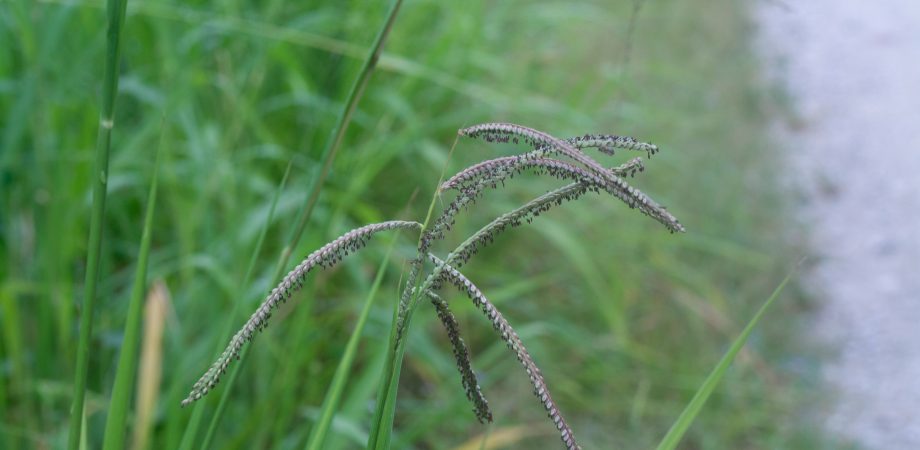What Not to Do When Treating for Dallisgrass

Dallisgrass is a hard-to-kill weed. It creates clumps in turfgrass which can be aesthetically unappealing and even hazardous. In order to keep the weed in check, make sure to read the information below.
What Not to Do When Treating for Dallisgrass
Mistaking dallisgrass for crabgrass. Dallisgrass has coarse blades that grow in bunches. The plant grows tall and upright, whereas crabgrass grows closer to the ground. Dallisgrass also has distinct seedheads, which have individual stems and are larger and darker than crabgrass seedheads.
Applying a pre-emergent for management of dallisgrass. Because the weed is perennial, pre-emergent herbicides are not a helpful control.
Thinking dallisgrass can effectively be treated in most seasons. Fall is the best time to treat for dallisgrass.
Not selecting a product that targets invasive grasses. Herbicides labeled for broadleaf weeds will not be effective.
Not choosing a selective herbicide unless you want to reseed and start over in the treated area. Selective herbicides will kill the weed and spare the plants around it.
Not using a liquid herbicide in combination with a surfactant. The combination increases the herbicide’s effectiveness.
Do not apply herbicides in hot temperatures, such as 90 degrees and above. Herbicide uptake can be hindered at these temperatures.
Thinking dallisgrass is easy to dispose of. Dallisgrass is a tough perennial, and it may take more than one year to get rid of it.







